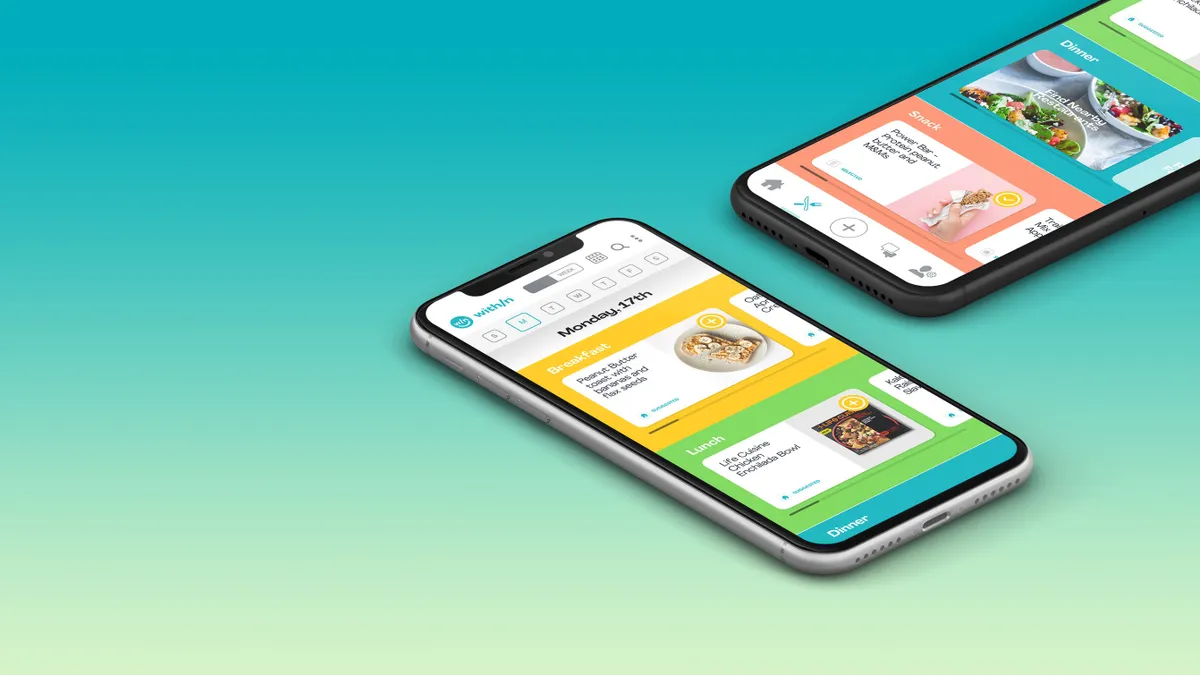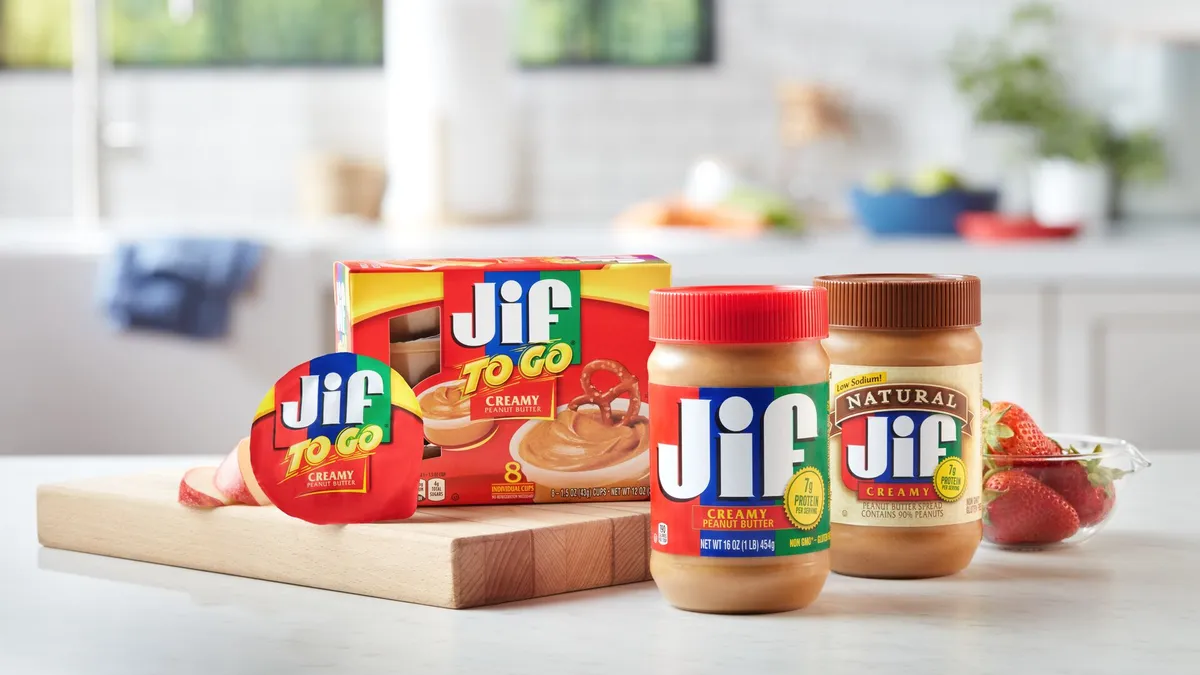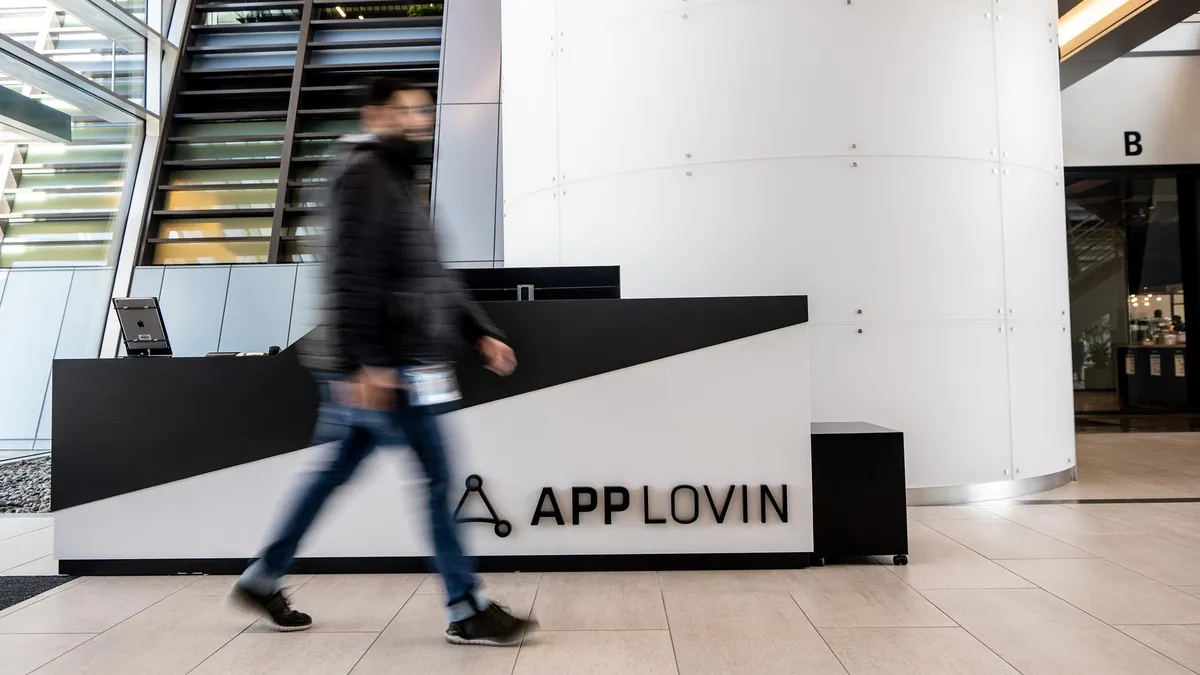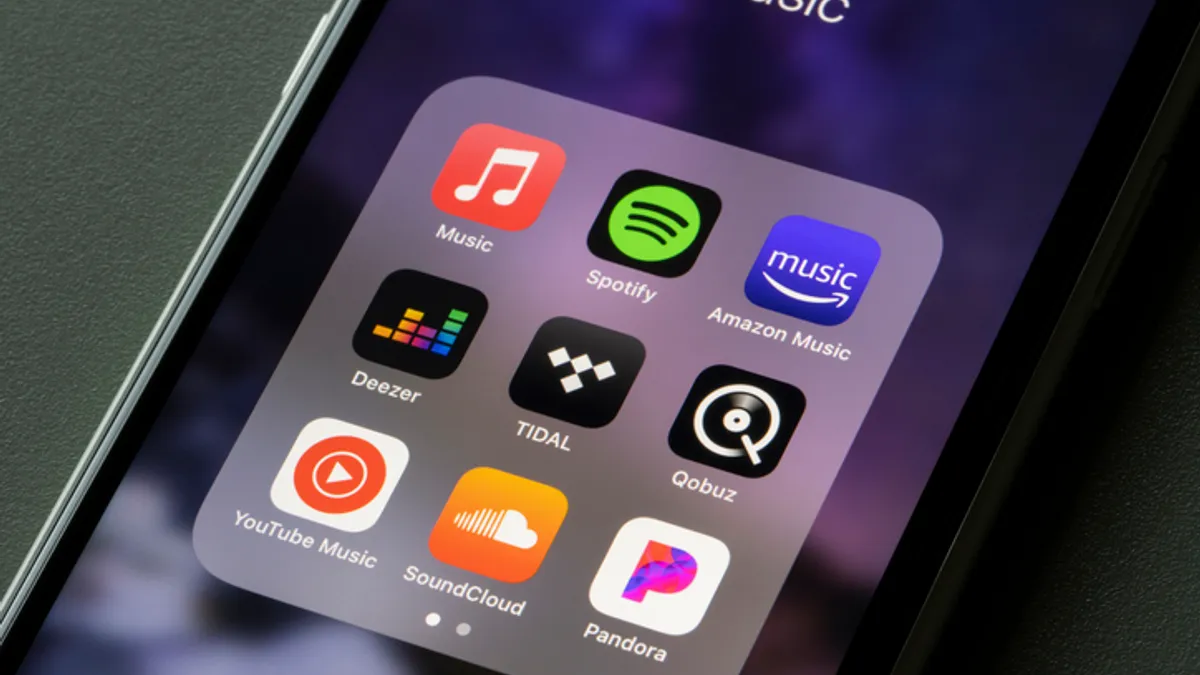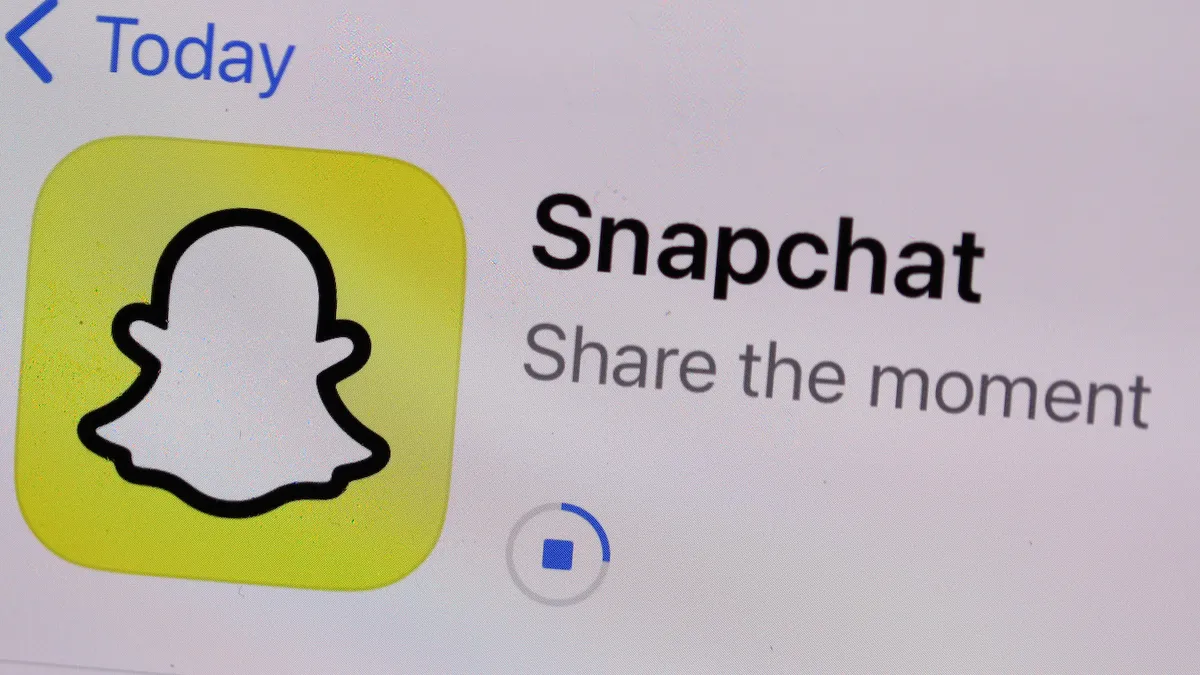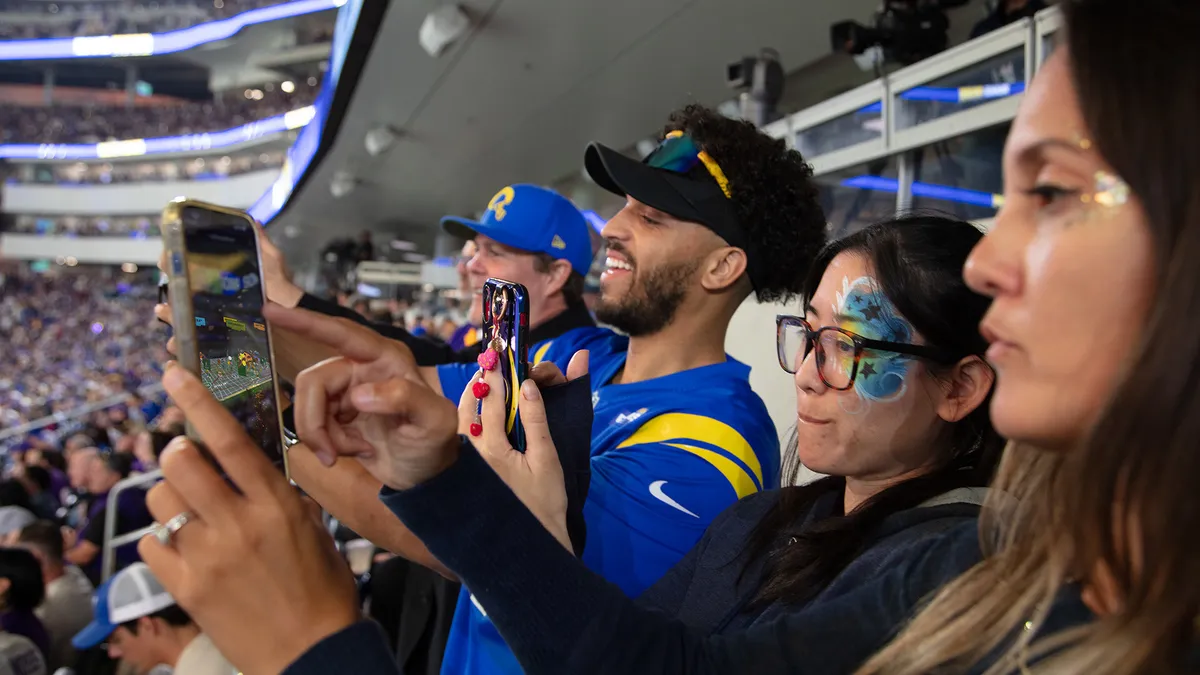The following is a guest post by Brian Yoo, chief operating officer at MOLOCO. Opinions are the author's own.
At last, the end is in sight. The distribution of the COVID-19 vaccine means we can finally begin to envision our lives after lockdown, and while that's good news for most of us, it also means big changes for mobile app publishers.
The first round of stay-at-home orders famously led to seismic shifts in organic acquisition and engagement numbers for mobile apps, and while the net impact of lockdowns seems to be one of increased overall activity, it hasn't necessarily been universally good news. Games skyrocketed while ridesharing apps like Uber took a tumble, for example. With the end of the pandemic in sight, app marketers of all stripes would do well to understand the potential impact of lifted lockdowns, but publishers in a few specific categories need to be aware of some explosive changes headed their way.
With countries like Austria, Australia and Denmark already having moved in and out of lockdown more than once, an examination of mobile bid requests from the programmatic ecosystem reveals some clear engagement trends that mobile marketers can use to plan for the future. It starts with understanding the overall impact lockdowns have had on the mobile app market.
The lockdown effect at large
Overall, bid request and engagement trends clearly followed lockdown cycles, rising as restrictions were put in place and falling as they lifted. In Australia, for example, which had the benefit of a more clearly defined lockdown timeline, total bid requests surged 69% over pre-lockdown figures. Once the restrictions were lifted, overall requests immediately dropped 54% before bouncing back for the yearly holiday boom, but as we'll later see, this wasn't the case across all categories.
In contrast, Austria's bid request data shows the effect of frequently toggling restrictions. The country went through three official lockdowns, though the level of severity differed for each. Bid requests for the year steadily increased as lockdowns went into place, then dipped as they were lifted, only to rise even further during the next lockdown period. By January, Austria's bid requests were up to 130% above what they were pre-COVID, riding the momentum of a holiday season spent in lockdown.
It's not just that consumers were using their mobile devices more — though that's true as usage was up 10% YoY — but that they were increasing the ways they used them. Fitness apps, games, streaming services, e-commerce and video chat apps all saw surges of downloads and activity as new consumers were forced to use their mobile devices to interact with the world in ways they formerly hadn't.
A return to romance
Digging into category specifics, post-lockdown data shows that certain mobile app categories will play a critical role in the post-lockdown world. Data shows that dating apps are at the top of the list, as users eager to rekindle their romantic lives return to their favorite digital love hubs in droves.
With so many of those in lockdown missing human contact, it's little wonder that dating apps are seeing truly massive spikes in engagement whenever lockdowns lift. Once Australia had the all-clear, bid requests from dating apps exploded as lonely users flooded the category and eagerly engaged with rewarded ad placements in exchange for the in-app currency that afforded them the ability to connect with each other.
Dating app marketers can expect to see a glut of organic downloads, but they would also do well to set aside budget for remarketing efforts that can ensure that their most valuable users, who may have understandably taken a break during lockdown, are brought back into the fold with the promise of a fun-filled return to socializing.
Let them eat cake
As with dating apps, the end of lockdown will trigger massive engagement in dining apps as hungry users eagerly head back to their favorite food spots. It's important to note that when discussing the dining category, we're not talking about DoorDash, Postmates or similar delivery apps that surged during lockdowns. Rather, these reflect the in-person dining experiences facilitated by apps like Yelp, Resy and OpenTable.
Australia's relatively clear-cut beginning and end to restrictions makes its data easy to parse. Dining requests decreased 99%, dropping to near nonexistence during the country's initial lockdown period, then steadily increased as restrictions eased throughout the country. Post-lockdown requests returned to pre-lockdown levels gradually, telegraphing a cautious return to normalcy that eventually peaked during the holiday season.
While most food delivery apps aren't monetized by ads and so can't necessarily have their engagement levels reliably analyzed via bid requests, marketers shouldn't count on a corresponding 1:1 decrease as more users look to dine out. The pandemic has had an irrevocable impact on what many consider to be a one-way march toward a primarily e-commerce based future. While delivery volumes may drop, expect them to plateau at a much higher level than they were pre-pandemic.
Play time isn't over
It wasn't a huge surprise to see a rise in gaming app usage as bored consumers looked for new forms of entertainment. Wuhan, one of the first areas in the world to go into lockdown, saw a 173% increase in bid requests as soon as the order was implemented. And while you'd be forgiven for thinking that bid requests in this category would drop as restrictions eased and populations were no longer stuck at home, it's actually quite the opposite.
All over the world, lockdowns have served as a catalyst for wider audiences to discover mobile gaming, and much of that audience will remain post-COVID thanks no doubt to the retention strategies mobile game publishers use to keep their games sticky. As a result, mobile gaming's upward trend will likely continue throughout 2021. Though there will be peaks and valleys of usage, post-lockdown low points will be above pre-COVID levels.
Bring on the Roaring '20s
Whether your app falls into one of the above-mentioned categories or not, keep in mind that restrictions are unlikely to lift all at the same time as vaccine rollout varies from country to country. Secondly, new strains of COVID have emerged, and may continue to throw the global community curveballs when it comes to lifting lockdowns. Consider how a rise in infections and a virus mutation impacted Denmark's overall engagement late in the year.
Much of what's to come will still be unexpected, and marketing plans should include options to fit several different scenarios. That said, it would take something truly extraordinary to stop the post-lockdown momentum of gaming, dating and dining mobile apps. Publishers in those categories can more than likely look forward to their own unique version of the Roaring '20s, and should plan accordingly.


